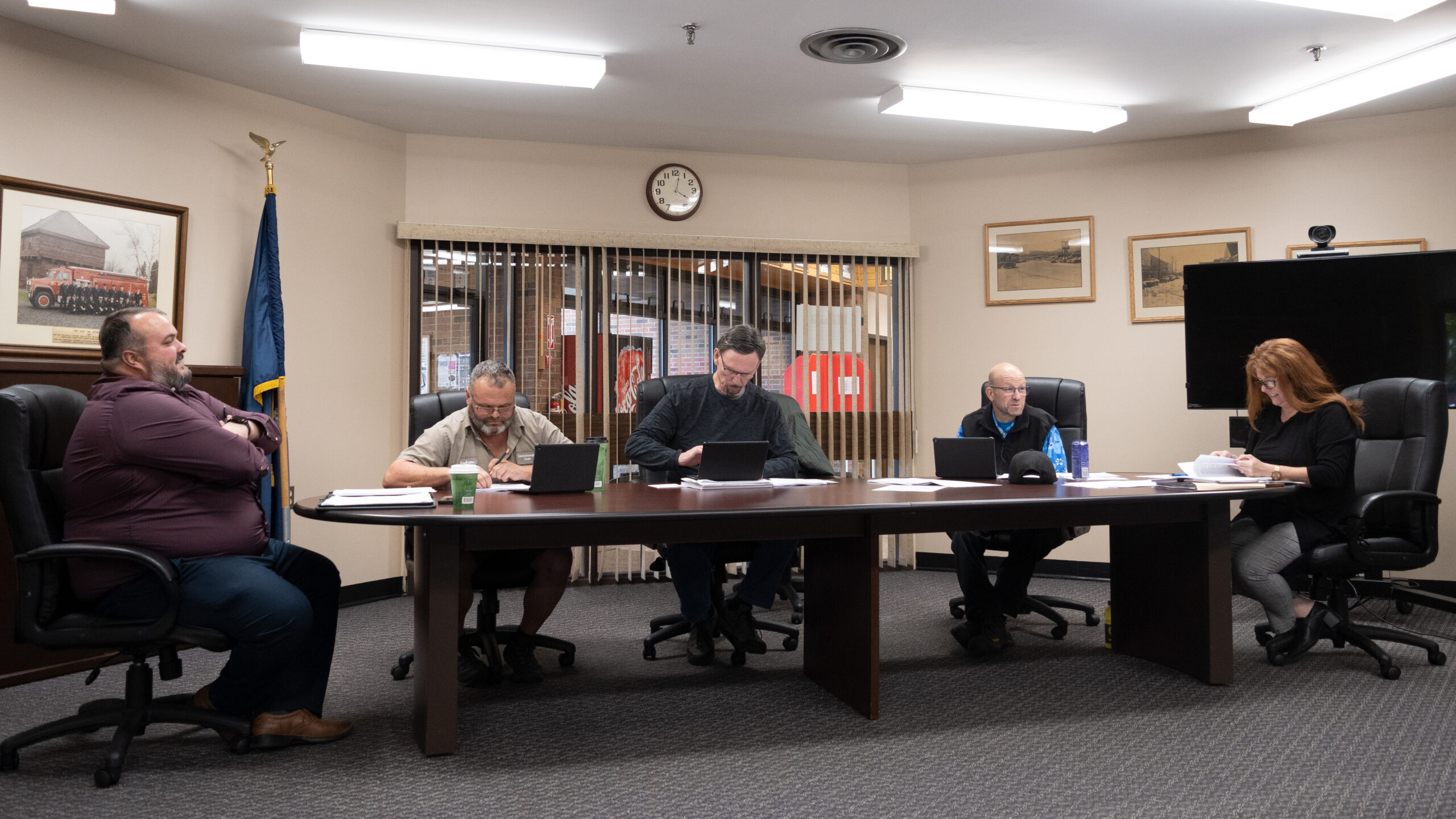
FORT KENT, Maine – Fort Kent officials formally approved three ordinance changes during a special town meeting on Oct. 28 that will affect medical marijuana caregiver businesses, the usage of LED lights in town, and residential buildings in commercial areas.
Fort Kent Town Manager Suzie Paradis said on Monday morning that all three ordinance items passed during last week’s meeting.
The marijuana ordinance specifically applies to caregiver retail marijana businesses, which are owned by registered caregivers who sell to qualifying medical patients. They are similar to retail stores in that they are open during regular business hours and are in a fixed location. Fort Kent currently has three of these businesses. The new rules would limit the maximum number of these businesses allowed in Fort Kent to three.
Under the new rules, these businesses will need to pay $1,000 for new license applications. Businesses would then pay $500 per year for renewal on July 1.
The money collected from these businesses through fees and fines will be split four ways, going to an account to help with legal costs pertaining to the ordinance, the police department for drug enforcement, code enforcement to help with managing the ordinance, and to First Mile Recovery or a similar local organization.
Any newly registered caregiver retail businesses would need to be at least 1,000 feet away from any pre-existing private or public schools, state licensed daycares, public athletic fields, parks, playgrounds or recreational facilities. This rule will not apply to the three existing businesses, as they started before the ordinance was drafted.
The LED ordinance will limit the use of electronic signs throughout the town. These signs are no longer allowed to blink, flash, rotate or scroll. Any transition between images would need to take at least five seconds. Signs also need to be shut off or dimmed after 8 p.m.
The new zoning rules will now allow for ground level residential units in the town’s commercial district, as long as the front-facing part of the building is still a commercial space. This lets the town remain consistent with its comprehensive plan.







